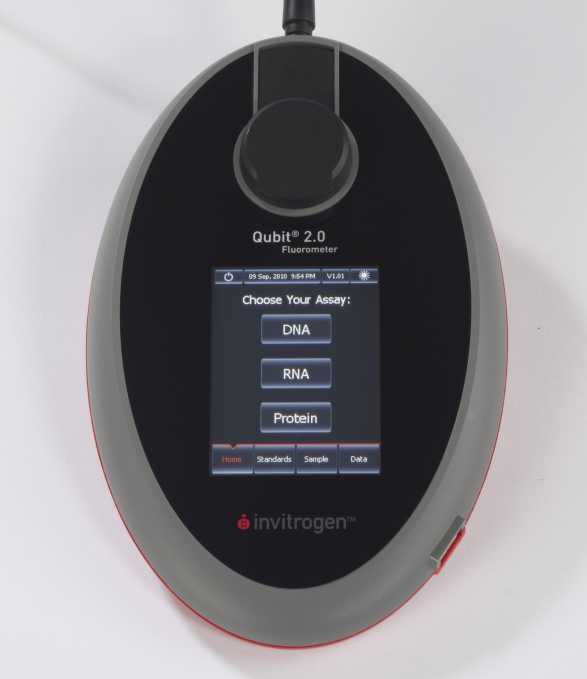If I had a nickel for every time we answered the “How should I quantify my DNA or RNA for NGS library prep?” question, I wouldn’t need to be writing this article. I’d be on a boat in the Mediterranean. But since I’m not on a boat anywhere, I thought I could perhaps collect several good reasons why using Nanodrop is not really the best way of doing this.
First, Nanodrop – as any spectrophotometer – is not specific. It may be good enough to check 260/280 or 260/230 ratios and reveal if you have contaminants in your sample, phenol for example. But there are too many substances absorbing at 260 nm to give you reliable measurement and you cannot distinguish DNA from RNA. Qubit assays, on the other hand, specifically measure DNA or RNA. We have seen samples quantified at Nanodrop and believed to contain nucleic acids, but there were none and all absorbance came from contaminants only. With Qubit, you will not make this error.

Second, sensitivity. In my experience, you definitely cannot get lower than to tens of nanograms per microliter with Nanodrop. Anything below is rubbish. If you are prepping samples for NGS and have low concentrations – and in our experience many people have low concentrations, then the Qubit is invaluable at getting the concentration right and confirm that you have any DNA or RNA at all! For example, the Qubit HS assay is quite accurate for initial sample concentrations from tens of picograms which is three orders of magnitude lower than Nanodrop.
Third, pipetting volume. With Nanodrop you can use as little as 1 ul of sample. You can surely use higher volume but be honest – if the protocol says you can use 1 ul of your precious sample only and you are aware of the above-mentioned sensitivity of measurement, I bet you will do. And since we do not calibrate our pipettes daily, can you really trust your 1 ul? By the way, I must admit you can use as little as 1 ul with Qubit too, but first I really do not recommend you do so, second remember sensitivity, and third at least they do not use it as a selling argument for the Qubit instrument. With Nanodrop they do and I know too many labs that took the bait.
Fourth, Nanodrop is significantly more expensive. You may not care but your boss will do.
Last, should you need more reasons, check the paper by Kapp et al. That should convince everybody in my opinion. Please notice we will of course use Qubit to measure concentration of your NGS samples. But this is probably needless to say after reading this post.
NGS Lab, ngs@seqme.eu
Literature:
Kapp JR, Diss T, Spicer J, et al; Variation in pre-PCR processing of FFPE samples leads to discrepancies in BRAF and EGFR mutation detection: a diagnostic RING trial; Journal of Clinical Pathology 2015; 68:111-118.